The Deepwater Horizon disaster released approximately 4 million barrels of oil from the Macondo Wellhead over the course of 87 days in 2010. Thus, becoming the largest accidental marine oil spill in history. The impacts of the oil spill were readily visible on shorelines, beaches, and marshes.
However, in the deep Gulf of Mexico the devastation was hidden 2 kilometers below in the dark depths of the ocean .
Investigations of the site began just months after the oil spill using a remote operated vehicle. Dramatic losses of deep-sea biodiversity in the immediate aftermath of the spill were documented by Louisiana State University researchers. Additional surveys continued for one year until the summer of 2011. Meanwhile, ship-board collection of sesdiments monitored the slow recovery of life, noting a 40-90% reduction in diversity, on the deep-sea floor until 2014
…after which monitoring stopped.
In 2017, Clifton Nunnally and I with a team of scientists revisited the DWH wreckage and Macondo wellhead site for the first time since monitoring ceased in 2011. Video captured a
Near the wreckage and wellhead, many of the animal characteristic of other areas of the deep Gulf of Mexico, including sea cucumbers, Giant Isopods, glass sponges, and whip corals, were absent. What remained was a homogenous wasteland in contrast to the rich heterogeneity of life seen in healthy deep sea.
Conspicuously absent were the sessile animals that typically cling to any type of hard structure in an otherwise soft, muddy habitat. Hard substrate in the deep sea is a valuable commodity but at the Deepwater Horizon site metal and other hard substrates were devoid of typical deep-sea colonizers.
Sea floor communities at the impact site were also characterized by high densities of decapod shrimp and crabs. Crabs showed clearly visible physical defects and sluggish behavior compared to the healthy crabs outside of the impacted zone of the Deepwater Horizon wellhead.
We hypothesize these crustaceans are drawn to the site because degrading hydrocarbons may serve as luring sexual hormone mimics. Once these crustaceans reach the site they may become too unhealthy to leave in a La Brea Tarpit scenario.
The scope of impacts may extend beyond the impacted sites with the potential for impacts to pelagic food webs and commercially important species.
Our Recommendations:
- Longer funding cycles are needed to assess the recovery of deep-sea ecosystems.
- Increased commitment to fund pre-impact baseline surveys.
- Stronger, more explicit policy to support future monitoring efforts.
Overall, deep-sea ecosystem health, 7 years post spill, is recovering slowly and lingering effects may be extreme.
In an ecosystem that measures longevity in centuries and millennia the impact of 4 million barrels of oil constitutes a crisis of epic proportions.
Share the post "Slow Road to Recovery after the Deepwater Horizon oil spill for Deep-Sea Communities"

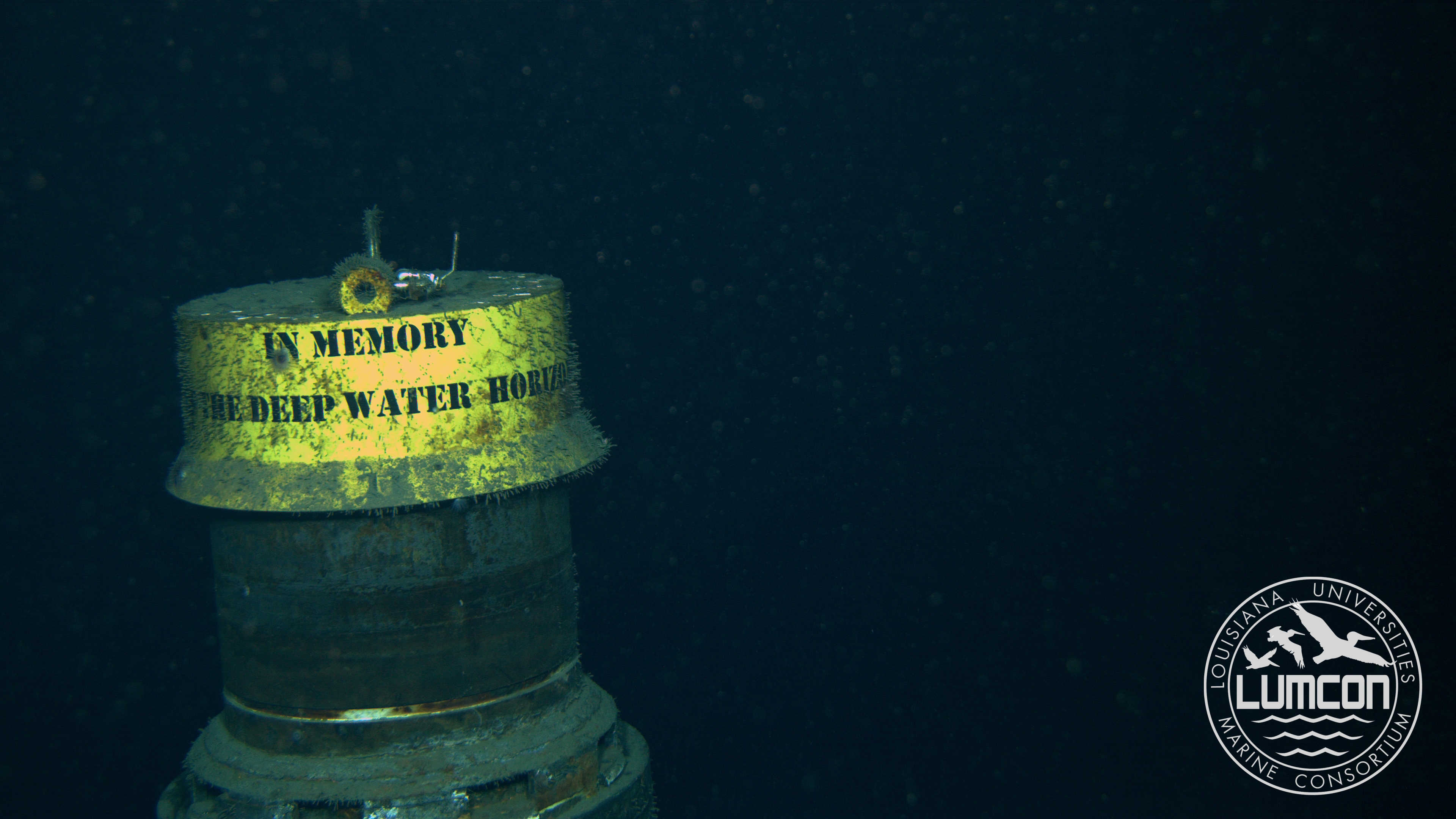
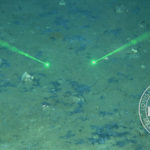
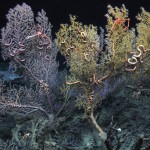
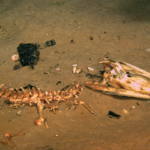

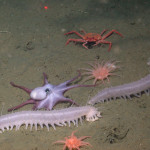
This has driven me, I look forward to exploring the idea of creating and saving deep sea ecosystems throughout my Marine Biology studies.
a interesting read, thank you for sharing the information.
Thanks for the article, its really sad to hear large area of sea is polluted due to oil spill. We have to spread awareness regarding these incidents, so government can be forced to take necessary precautions.